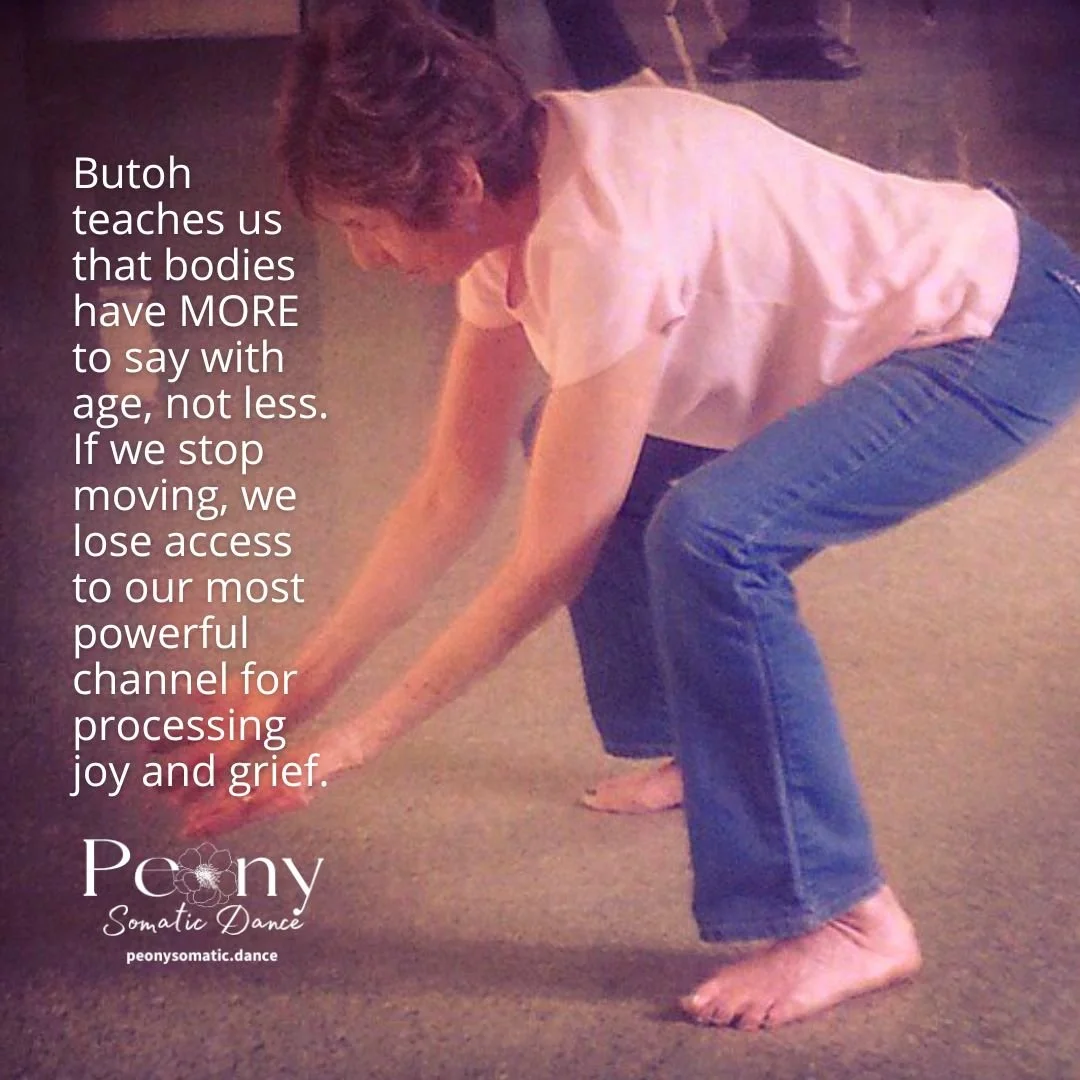You know my good weather months’ obsession is tennis.
Thank God Craig convinced me to start playing again just a few summers ago. I’d finally healed from two frozen shoulders (thanks, menopause), and I realized that it was ridiculous not to be playing out of some fear of getting hurt. When you can’t move your arms fully for almost two years, your perspective alters a bit ((cough)).
As I’ve said before, when I’m on the court, there is nothing else. There’s me and my racket and the ball and the court… there are lines and weather and sometimes other people but that’s it. My mind is only right there. I’m not thinking about anything but what’s right in front of me.
It is a relief, to say the least, in this world to have something like this… a refuge of sweat and heat and trying. But there is nothing truly important. Nothing scary.
That’s not to say it’s all sunshine and happiness.
Not even close. I’m intense on the court (and I’m thinking you’re thinking… where are you not?).
Let’s say it this way: I am at my MOST intense on a tennis court.
A little story…
The last few times we’ve played together, Craig and I have both been consistently getting much better. There are long rallies where every hit comes with the musical (to my ears) sound of the ball hitting the sweet spot.
I’ve been hitting harder and more consistent than ever and I had finally gotten my down-the-line backhand back.
I was working more and more at the net. (Which I love… because aggressive.)
To be clear, with every miss, I am constantly analyzing what I did wrong. I am always coaching myself and I am very often coaching Craig.
I’m a teacher, right?
Finally… to this last time we were playing
After all those days of improvement, I was playing horribly.
And my self talk matched that. I was analyzing and criticizing to the max.
For the first time, I think ever in my life, I almost threw my racket.
This was beyond my fun mad into real mad.
I sat for a moment to get my heart rate down and watched Craig practice some serves and I realized…
When I am teaching others, I am all about positive reinforcement. If you’ve been in class with me, you know how much I’m yelling things like “BEAUTIFUL, EVERYONE!”
And I will take a moment after a song to highlight someone doing something brand new or astonishing.
Change my words to change my mind to change my body
But when it comes to how I teach/deal with myself, things are always different.
I never tell myself I’m doing well — only that I could do better. (Thanks to early learning…)
So I got up from resting and immediately changed my self talk.
Over and over, I said to myself in a whisper, “You are REALLY GOOD AT THIS!” I said it like I would say it to a student or a friend or my younger self.
Then I added, “You are really good at this. You are so strong. And you have so much fucking stamina!”
Over and over and over and over…
And IMMEDIATELY, as in the FIRST shot, I started playing better… more like myself.
For our last bit of play, I never stopped talking to myself like that, and now I never will because the results were immediate and undeniable.
Now to take that off the court…






